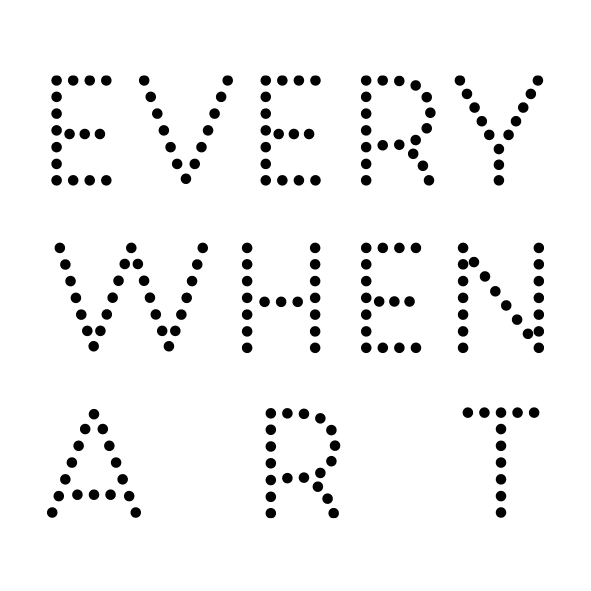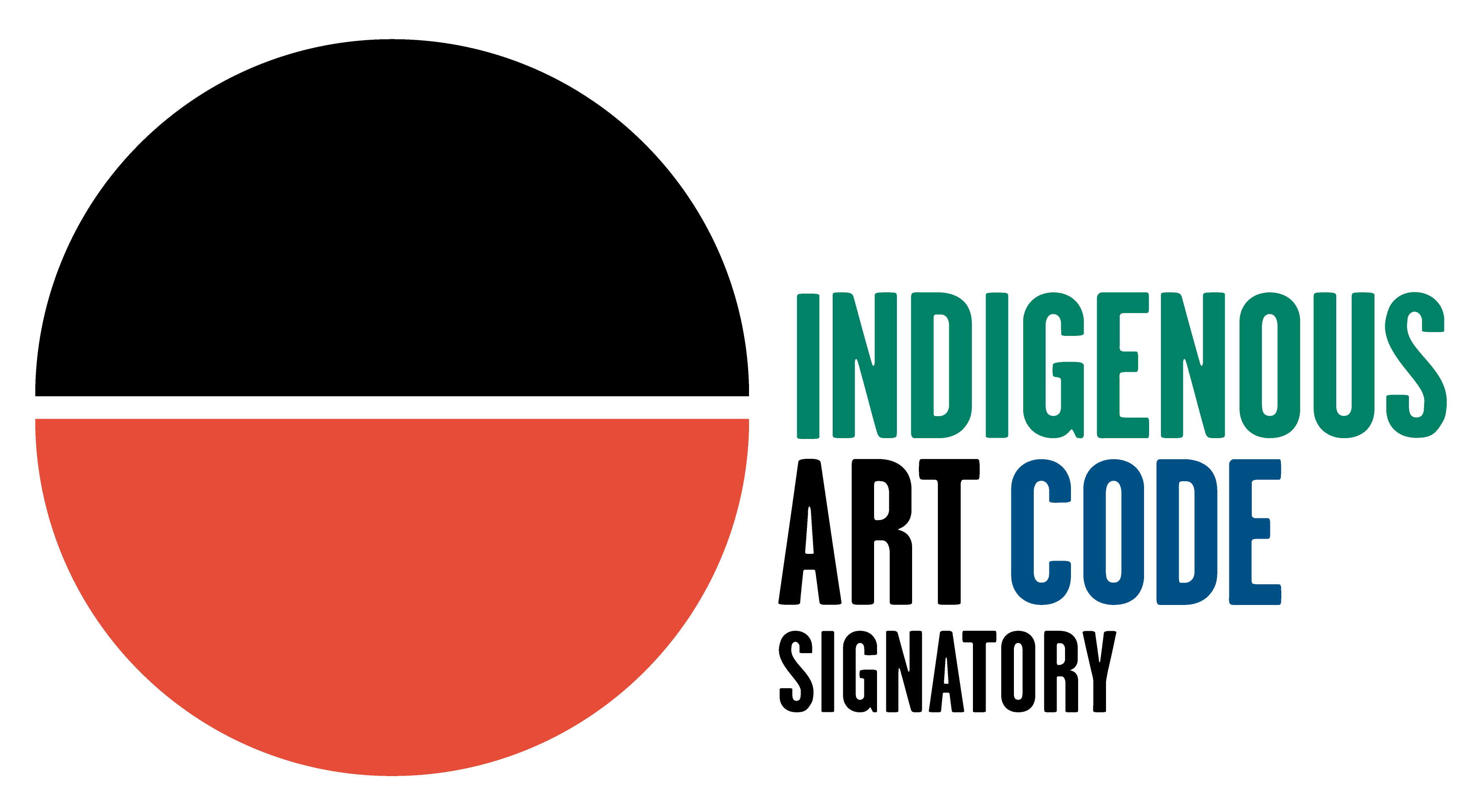Cynthia Burke Ngaanyatjarra, b. 1973
35 3/8 x 11 3/8 in
Walka is Desert design and inextricably linked with Tjukurpa: the Law and way of life of Anangu (Central and Western Desert Aboriginal people). The symbols were traditionally used in cave, ground and body paintings, in story telling, teaching and signalling inheritance. Meaning of the designs depends on its subject and particular people are responsible for their re-creation and teaching according to the Tjukurpa. Highly experienced craftspeople have grown up making traditional tools and weapons under the instruction of their elders. They now apply this knowledge and express the world through art like this.
Both the dot painting and etching techniques, where walka is burnt into the wood with wire heated on a wood fire, have become Centralian traditions, evolving with the adaptation of traditional design for public display and as a depiction of Tjukurpa and landscape.
This walka is ngura or country. Cynthia is showing kapi tjukurla, a water hole surrounded by the travelling tracks of her ancestors. By their very nature waterholes also mark sites related to the Creation Ancestors’ journeys across the country; the ‘dreaming tracks’ followed by countless generations of Anangu since. They created landforms and customs to be passed on and maintained over subsequent generations. The sites are linked through inma or ceremony - the singing, dancing and body painting which reveals the laws of nature and provides a blue print for life and a guiding map of country.
“I learned burning by watching my mother and other family members. The designs of my family and watching nature helped me to develop my own designs. I enjoy the burning process and how my designs grow on the wood." Cynthia Burke


